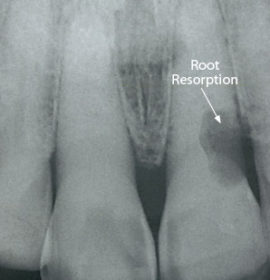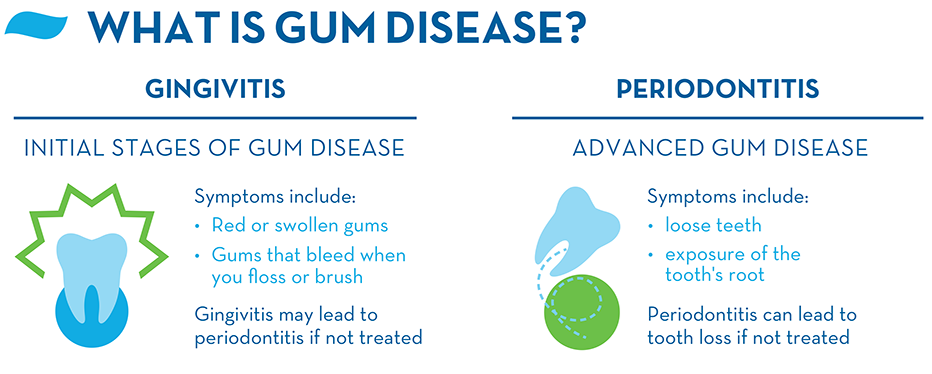
Gum Disease: The Gingivitis
Uncategorized
Gum Disease: The Gingivitis
Gingivitis is the medical term for early gum disease, or periodontal disease. In general, gum disease can be caused by long-term exposure to plaque, the sticky but colourless film on teeth that forms after eating or sleeping.
Gum disease originates in the gums, where infections form from harmful bacteria and other materials left behind from eating. Early warning signs include chronic bad breath, tender or painful swollen gums and minor bleeding after brushing or flossing. In many cases, however, gingivitis can go unnoticed. The infections can eventually cause the gums to separate from the teeth, creating even greater opportunities for infection and decay.
Although gum disease is the major cause of tooth loss in adults, in many cases it is avoidable.
If gingivitis goes untreated, more serious problems such as abscesses, bone loss or periodontitis can occur.
Periodontitis is treated in a number of ways. One method, called root planing, involved cleaning and scraping below the gum line to smooth the roots. If effective, this procedure helps the gums reattach themselves to the tooth structure.
Pregnancy has also been known to cause a form of gingivitis. This has been linked to hormonal changes in the woman’s body that promote plaque production.






